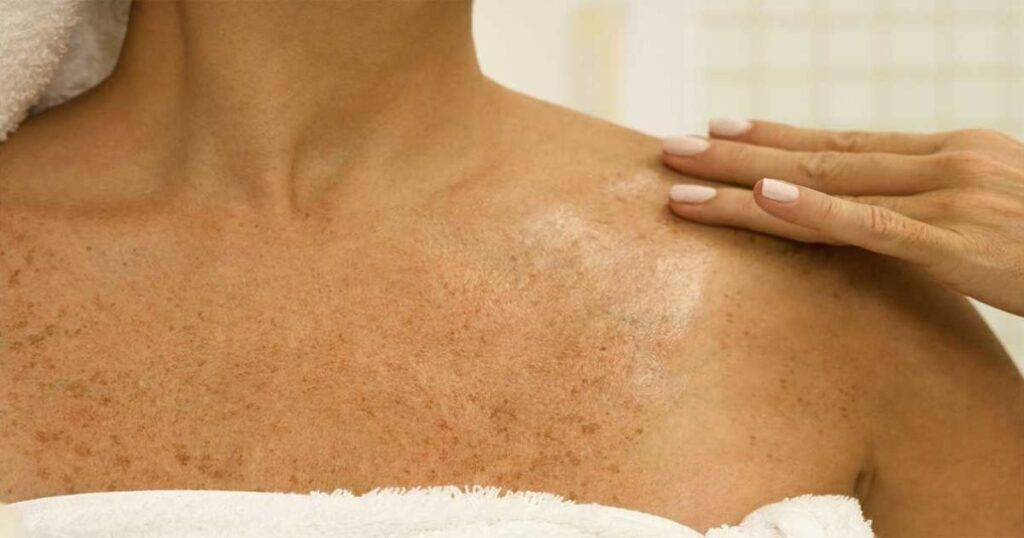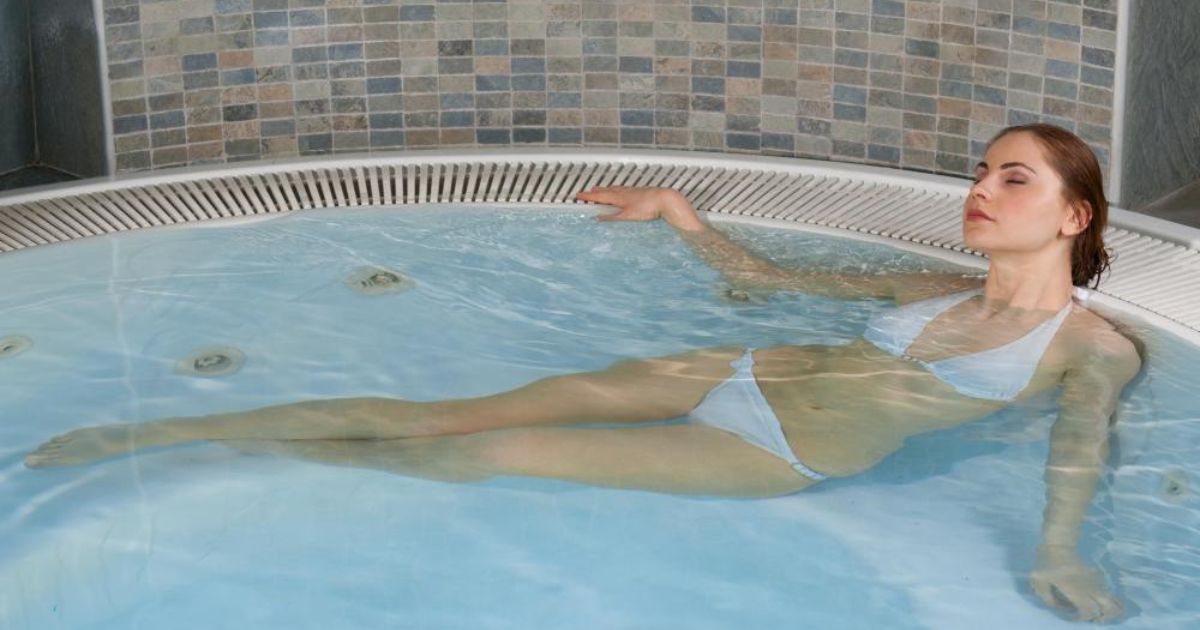Hot tub folliculitis is a skin infection caused by bacteria that affects hair follicles. It develops after exposure to contaminated water in hot tubs or swimming pools. This article will discuss what hot tub folliculitis is, its symptoms, diagnosis and treatment options.
Have you ever gotten out of a hot tub with tiny red bumps all over your body? You may have hot tub folliculitis, a common but uncomfortable skin infection. Keep reading to learn more about this condition, what it looks like, and how to prevent and treat it.
Hot tub folliculitis, also sometimes called pseudomonas folliculitis, is caused by bacteria such as chlorine-resistant pseudomonas aeruginosa. These bacteria thrive and multiply in warm, moist environments like hot tubs and swimming pools. When the infected water comes into contact with skin, it can cause inflammation within hair follicles.
What Is Hot Tub Folliculitis?

Hot tub folliculitis, medically known as pseudomonas folliculitis, is a skin infection caused by the bacterium Pseudomonas aeruginosa. This bacterium is commonly found in warm, moist environments like hot tubs, pools, and spas, where chlorine and other disinfectants may not effectively kill it. When contaminated water comes into contact with the skin, particularly hair follicles, it can lead to an inflammatory reaction, resulting in itchy red bumps or pus-filled lesions.
Hot Tub Folliculitis Symptoms
The symptoms of hot tub folliculitis typically appear within 1 to 4 days after exposure to contaminated water. Affected individuals may experience clusters of itchy red bumps or small pus-filled blisters, usually concentrated in areas covered by swimsuits. These lesions may be tender or sore to the touch. In some cases, symptoms may also include fever, chills, or fatigue. While hot tub folliculitis usually resolves on its own within a week or two, severe cases may require medical attention to prevent complications.
What Else Does Hot Tub Folliculitis Look Like?

Hot tub folliculitis can resemble other skin conditions, such as acne or dermatitis. However, certain features distinguish it from these conditions. Unlike acne, hot tub folliculitis typically appears shortly after exposure to contaminated water and primarily affects areas covered by swimsuits. The lesions may also be more uniform in size and distribution compared to acne breakouts. Additionally, hot tub folliculitis tends to resolve spontaneously within a week or two without scarring, unlike some forms of dermatitis.
Hot Tub Folliculitis Prevention
Preventing hot tub folliculitis involves taking proactive measures to minimize exposure to contaminated water. Firstly, ensure that hot tubs, pools, and spas are properly maintained and sanitized according to recommended guidelines. Regularly test water pH and chlorine levels to ensure effectiveness. Showering with soap and water before and after using hot tubs can help remove bacteria from the skin.
Avoid wearing tight or damp clothing for extended periods, as this can promote bacterial growth. Additionally, consider using waterproof bandages or protective clothing if you have open wounds or cuts. By practicing good hygiene and pool maintenance, you can significantly reduce the risk of developing hot tub folliculitis.
How Is Hot Tub Folliculitis Diagnosed?

Diagnosing hot tub folliculitis typically involves a visual examination of the affected skin and a review of the individual’s medical history and recent activities. The distinctive appearance of the lesions, coupled with a history of hot tub or pool exposure, often raises suspicion for this condition. In some cases, your healthcare provider may perform a skin culture or bacterial swab to confirm the presence of Pseudomonas aeruginosa.
This may involve gently scraping the affected area or collecting fluid from a blister for laboratory analysis. While diagnostic testing is not always necessary, it can help confirm the diagnosis and guide appropriate treatment decisions, especially in cases where symptoms are severe or persistent.
Hot Tub Folliculitis Treatment
Most cases of hot tub folliculitis resolve spontaneously within a week or two without specific treatment. However, certain interventions can help alleviate symptoms and promote faster healing. Mild cases may benefit from over-the-counter remedies such as hydrocortisone cream or antihistamines to reduce itching and inflammation. Applying warm compresses to affected areas can also provide relief. In more severe or persistent cases, your healthcare provider may prescribe oral or topical antibiotics to target the underlying bacterial infection.
It’s essential to complete the full course of antibiotics as prescribed, even if symptoms improve before the medication is finished. Additionally, avoid scratching or picking at the lesions to prevent secondary infections or scarring. If you have concerns about your symptoms or treatment options, consult with a healthcare professional for personalized recommendations.
Are There Other Types of Folliculitis?

While hot tub folliculitis is one of the most common forms of folliculitis, several other types can occur under different circumstances. Bacterial folliculitis, caused by various bacteria such as Staphylococcus aureus, can occur anywhere on the body and often develops in areas prone to friction or shaving. Pityrosporum folliculitis, caused by yeast overgrowth, typically presents with itchy, acne-like lesions on the chest, back, and shoulders.
Folliculitis decalvans affects the scalp and can lead to permanent hair loss if left untreated. Eosinophilic folliculitis, seen primarily in individuals with compromised immune systems, presents with intensely itchy, red papules and may require systemic treatment. Understanding the different types of folliculitis and their unique characteristics is essential for accurate diagnosis and appropriate management.
Conclusion
In conclusion, hot tub folliculitis can put a damper on the enjoyment of swimming and soaking in recreational water. However, armed with knowledge about its causes, symptoms, and prevention strategies, individuals can take proactive steps to minimize their risk of developing this bothersome condition. Additionally, prompt recognition and appropriate treatment can help alleviate symptoms and prevent complications.
By practicing good hygiene, maintaining clean swimming facilities, and seeking medical advice when needed, you can enjoy the benefits of hot tubs and pools without the worry of folliculitis. Remember, when it comes to skin health, prevention is key, but early intervention is equally important for a swift recovery and optimal well-being.








